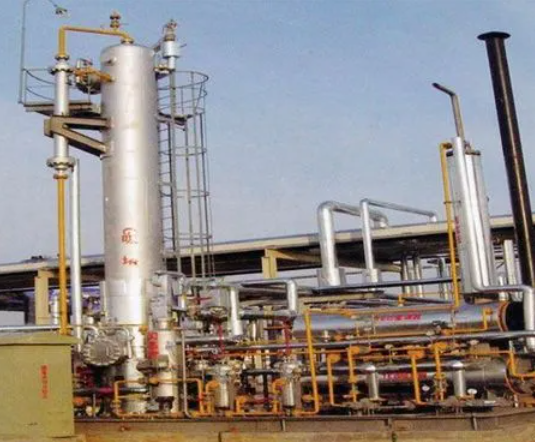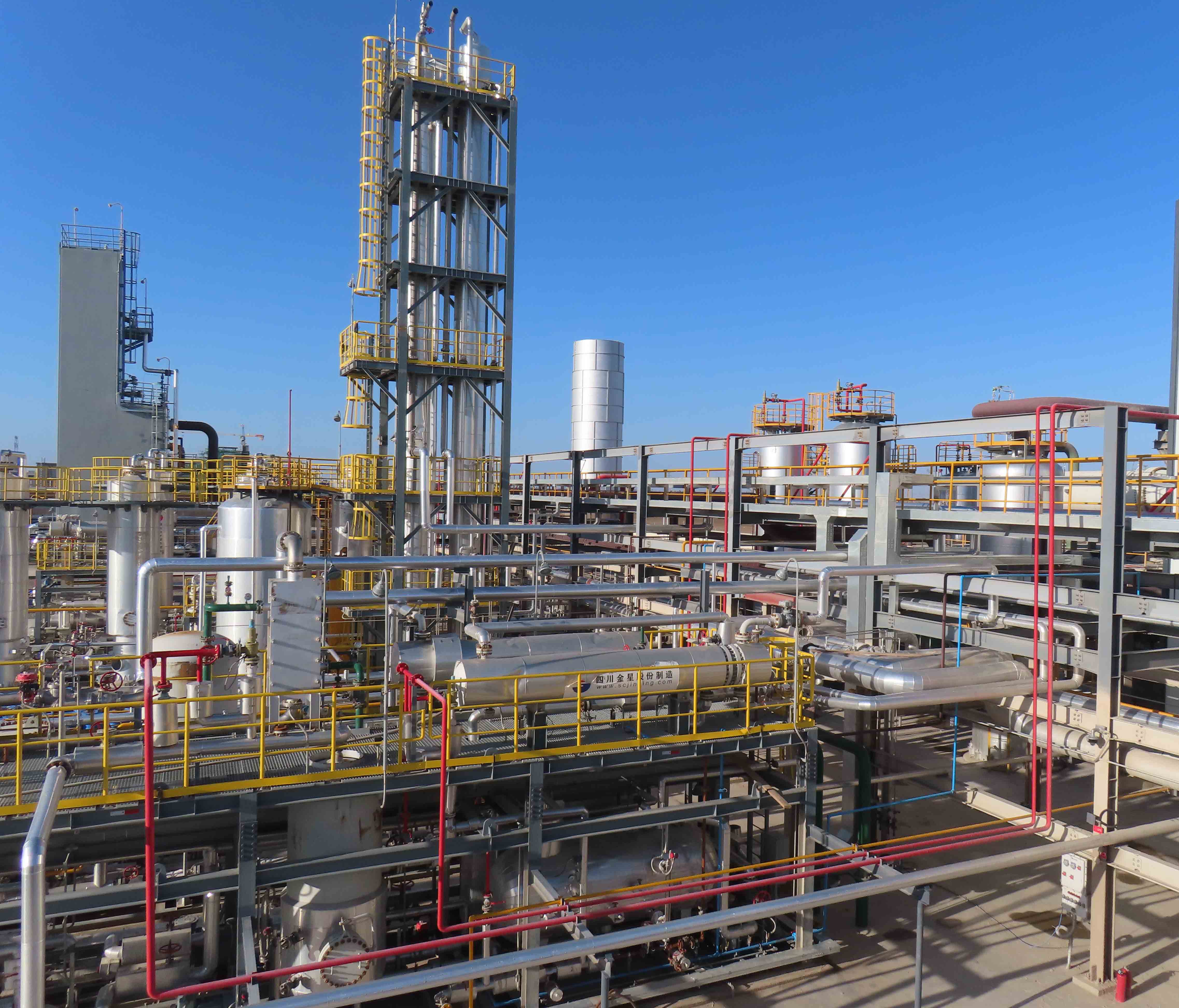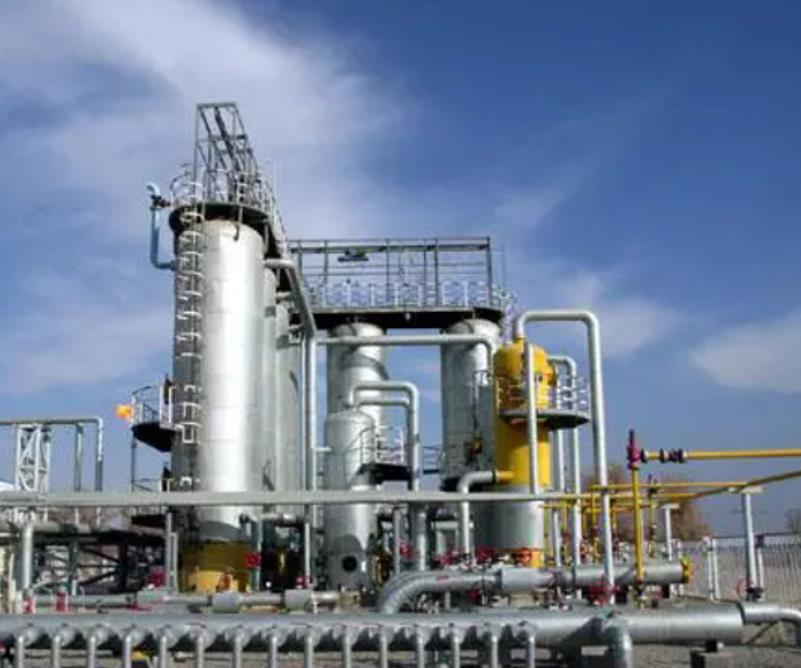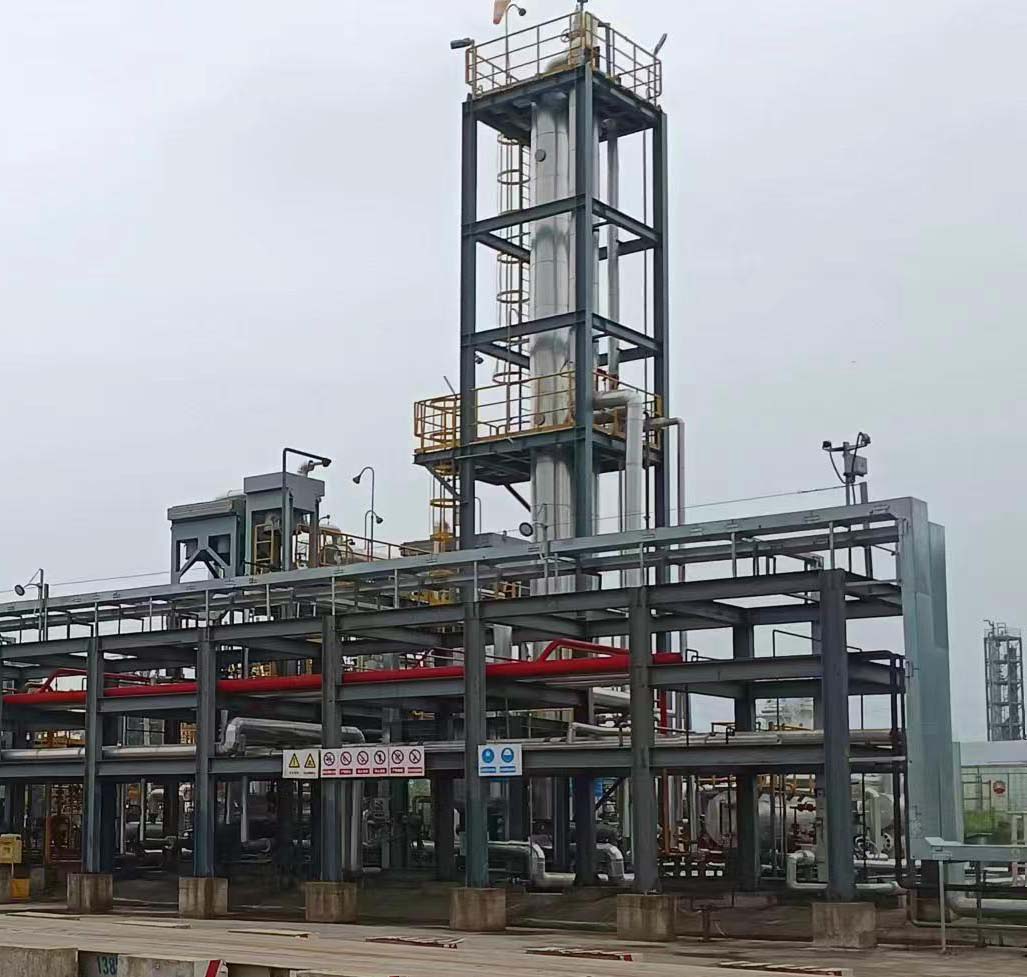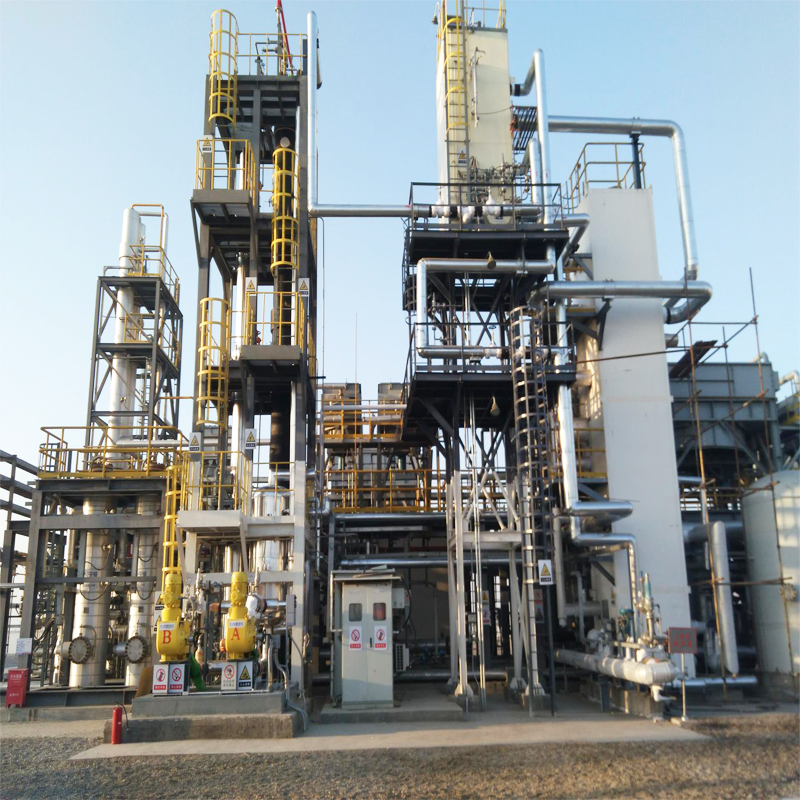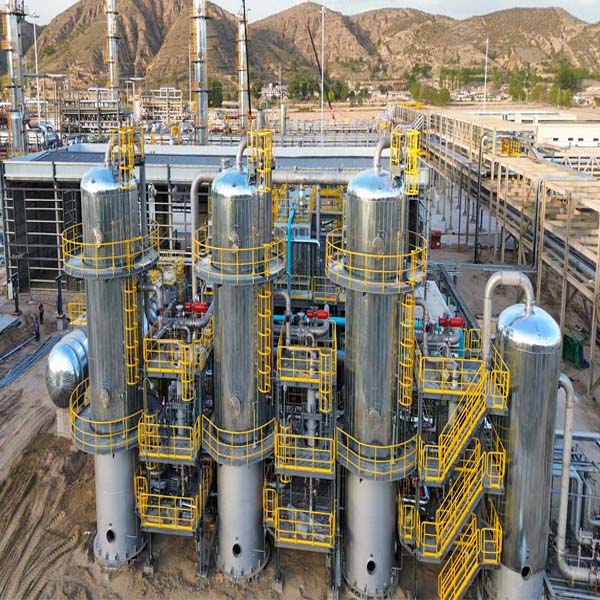The recovery process of light hydrocarbons from associated gas in oil fields (1)
The recovery of light hydrocarbons from associated gas in oil fields is a crucial process in the oil and gas industry. Associated gas, which is often found alongside crude oil, contains valuable components such as natural gas liquids (NGL) and liquefied petroleum gas (LPG). Recovering these light hydrocarbons not only maximizes the value of the gas stream but also helps in reducing greenhouse gas emissions. In this article, we will explore the importance of NGL and LPG recovery from associated gas and the technologies involved in this process.
NGL recovery from associated gas involves the separation and extraction of natural gas liquids such as ethane, propane, and butane. These components have significant commercial value and are used as feedstocks for petrochemical plants, as well as in the production of plastics, synthetic rubber, and other industrial products. The recovery of NGL from associated gas is essential for maximizing the economic potential of the gas stream and reducing wastage of valuable resources.

The brief description of the process are:
1) Natural gas mixing and boosting system
1) Process description
The feed gas is pressurized to 0.3 MPaG and then mixed with the Low Pressure stream and then pressurized to 3.9 MPaG . The mixed stream is then mixed with the High Pressure and enters the downstream device.
2) Design parameters
Feed gas processing capacity:
High Pressure : 12500 Nm3/h;
Low Pressure : 16166.7 Nm3/h;
2) Natural gas dehydration system
1) Process description
The presence of moisture in natural gas often causes serious consequences: moisture and natural gas can form hydrates or ice to block pipelines under certain conditions.
Natural gas dehydration adopts molecular sieve adsorption method. Since molecular sieve has strong adsorption selectivity and high adsorption characteristics under low water vapor partial pressure, this device uses 4A molecular sieve as the dehydration adsorbent.
This unit uses a two-tower process to absorb moisture, uses the TSA method to analyze the moisture adsorbed in the molecular sieve, and uses the condensation method to condense and separate the moisture desorbed from the adsorbent.
2) Design parameters
Feed gas processing capacity 70 × 104 Nm3/d
Adsorption pressure 3.5MPaG
Adsorption temperature 35 ℃
Regeneration pressure 3.5MPaG
Regeneration temperature ~260 ℃
Regenerative heat source thermal oil
The content of H2O in the purified gas < 5 ppm


